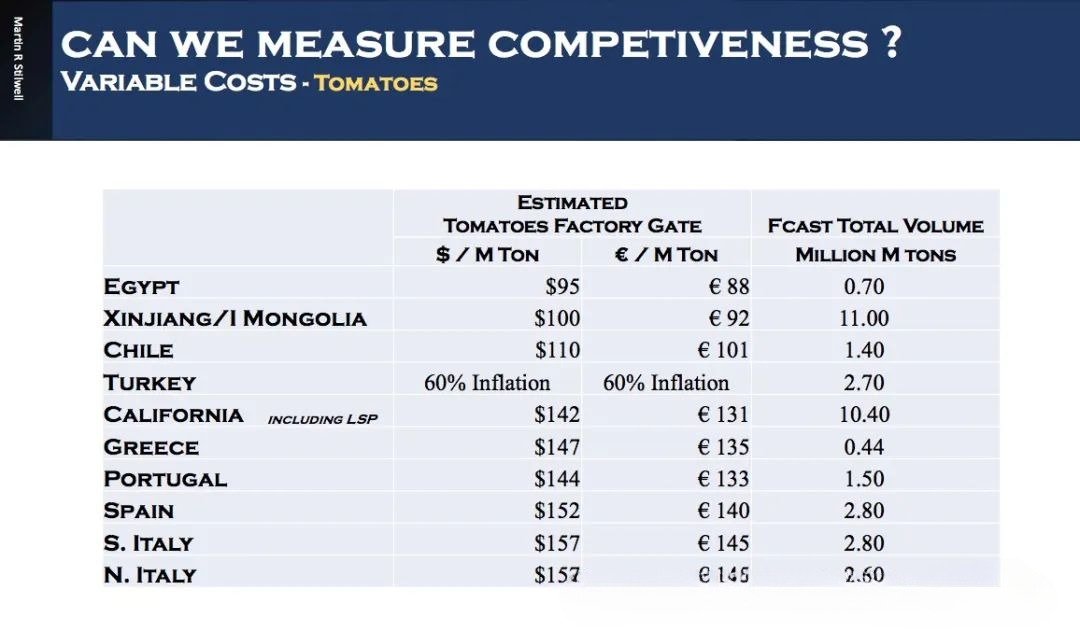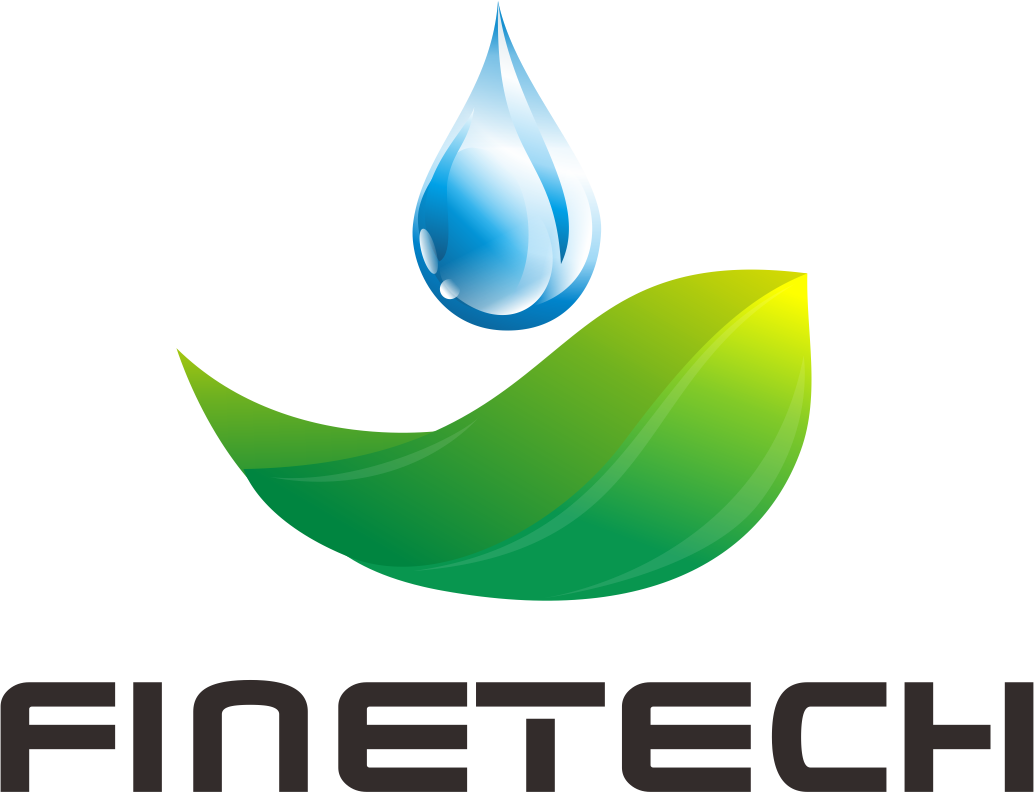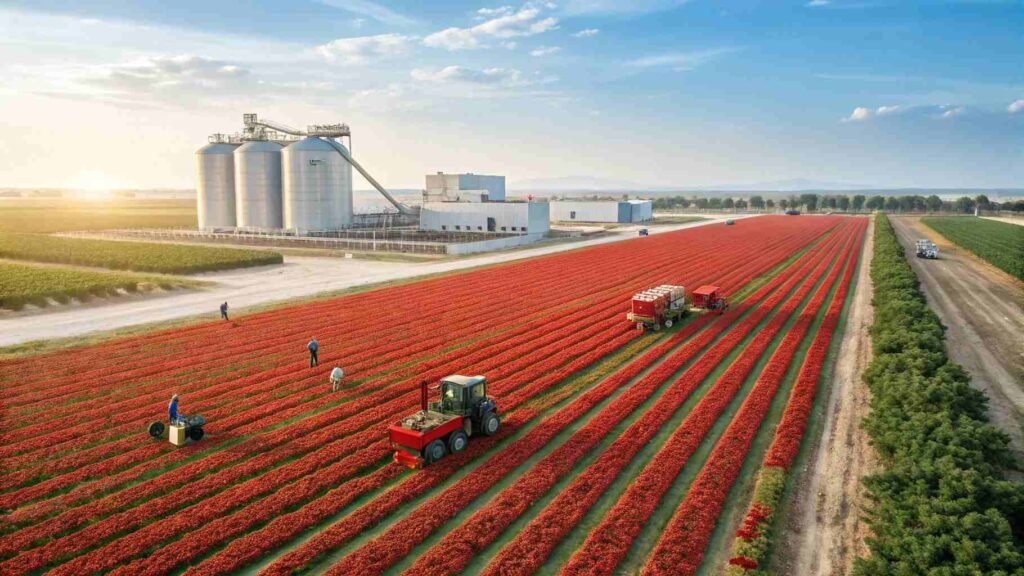The following is an analysis of price differences and competitiveness among major tomato-producing countries:

Tomato Price Differences Analysis:
-
Egypt: Lowest price at $95/ton or €88/ton, indicating relatively low production costs due to factors like cheap labor and favorable climate conditions.
-
Xinjiang/Inner Mongolia: Priced at $100/ton or €92/ton, slightly higher than Egypt but still competitive. Benefits from large-scale production and low operational costs.
-
Chile: $110/ton or €101/ton, marginally higher than Chinese regions, likely due to increased transportation or production costs.
-
Turkey: While specific prices are unavailable, 60% inflation rate significantly impacts production costs and weakens international competitiveness.
-
California: $142/ton or €131/ton (including LSP, possibly additional fees/taxes). Reflects higher labor costs, environmental standards, and production expenses.
-
Greece: $147/ton or €135/ton, higher pricing attributed to smaller production scale and elevated operational costs.
-
Portugal: $144/ton or €133/ton, similar cost structure to Greece and California.
-
Spain: $152/ton or €140/ton, among the highest prices globally, driven by labor/land costs and operational expenses.
-
Southern & Northern Italy: Both priced at $157/ton or €145/ton (highest in the analysis). Reflects premium production costs, labor expenses, and potential brand value.
Competitiveness Analysis:
-
Low-cost countries (Egypt, Xinjiang/Inner Mongolia, Chile): Dominant price advantage through cost-efficient production, attracting bulk export orders.
-
High-cost countries (Italy, Spain, Greece): Maintain market position through quality differentiation, brand recognition, and advanced production technologies. Higher prices may reflect strict environmental standards or labor welfare commitments.
-
Inflation impact: Turkey's 60% inflation severely undermines price competitiveness unless offset by unique varieties/quality.
-
Production scale: Xinjiang/Inner Mongolia's 11.00 million-ton output demonstrates unmatched supply capacity for large-scale demand.
-
Regional dynamics: Uniform pricing across Northern/Southern Italy despite output variations suggests specialized cultivation advantages in southern regions.
Conclusion:
Global tomato price variations stem from production costs, labor expenses, environmental factors, market positioning, and macroeconomic conditions (e.g., inflation). While cost-efficient producers dominate price competition, premium producers leverage quality and brand value. Comprehensive competitiveness assessment should also consider logistics, market access, and trade policies.


